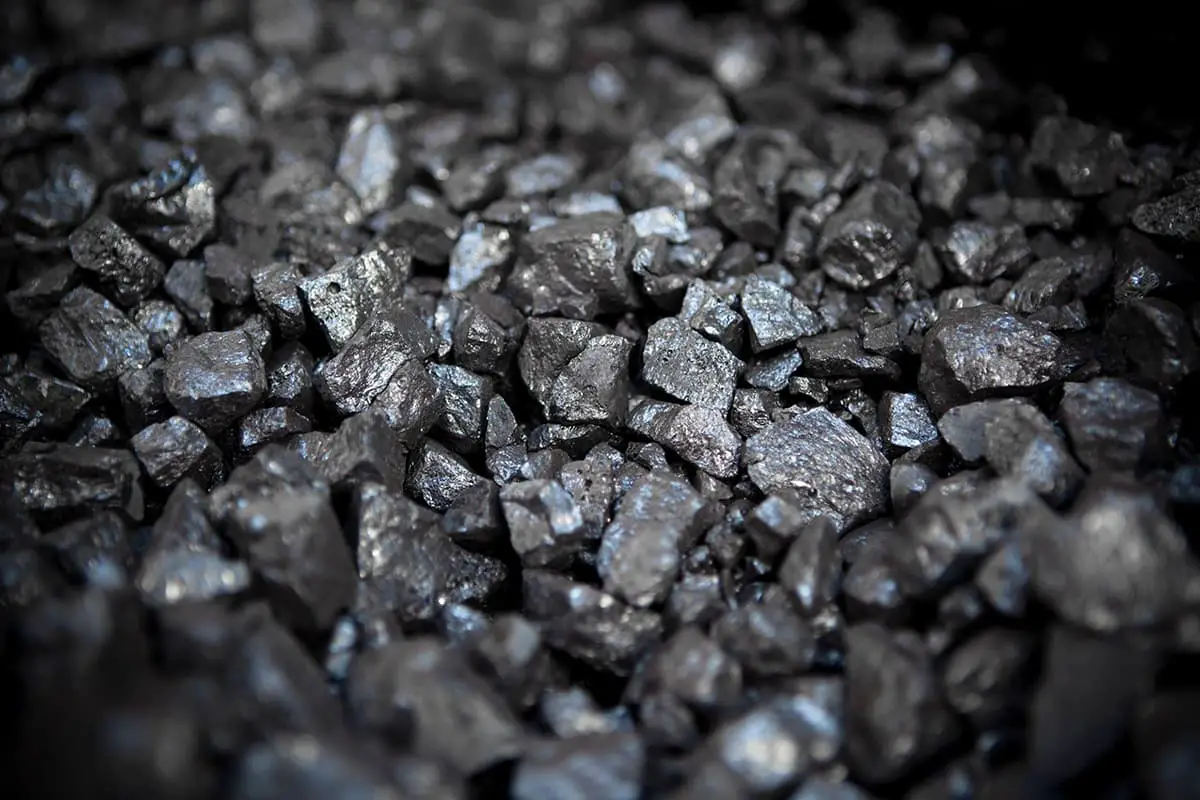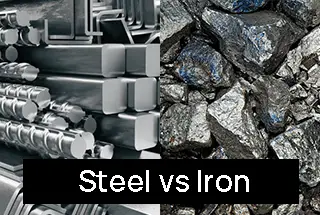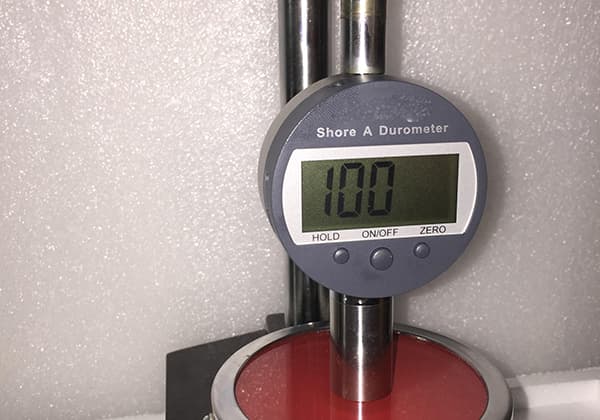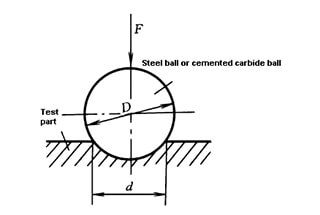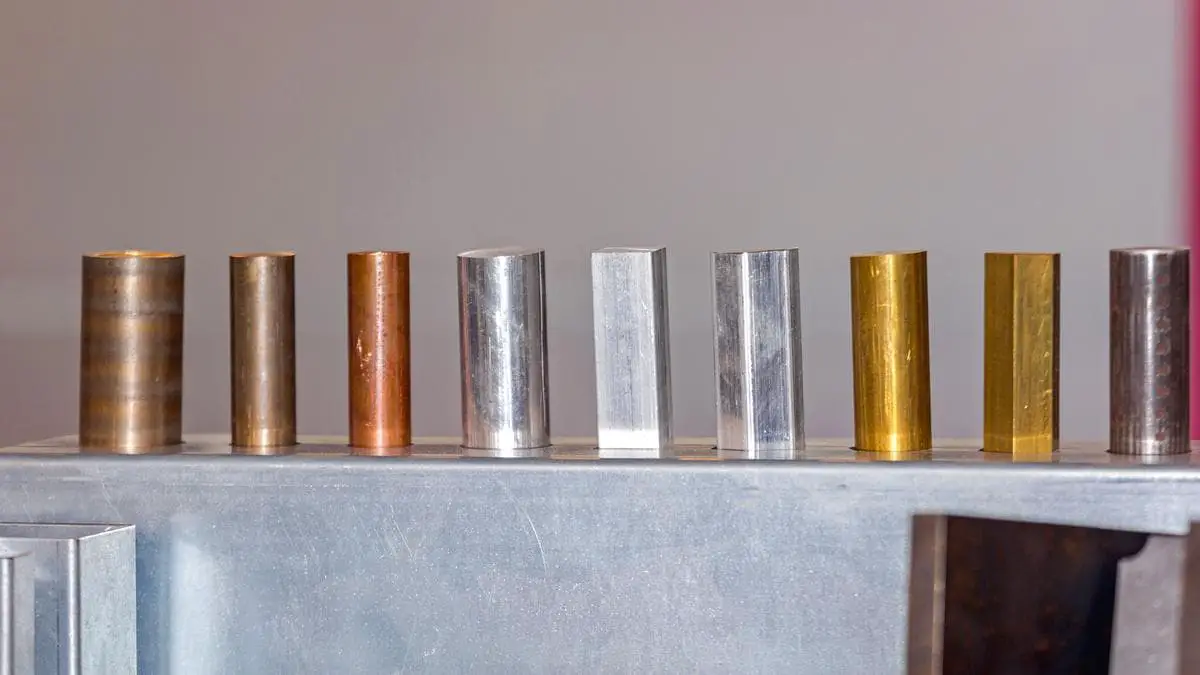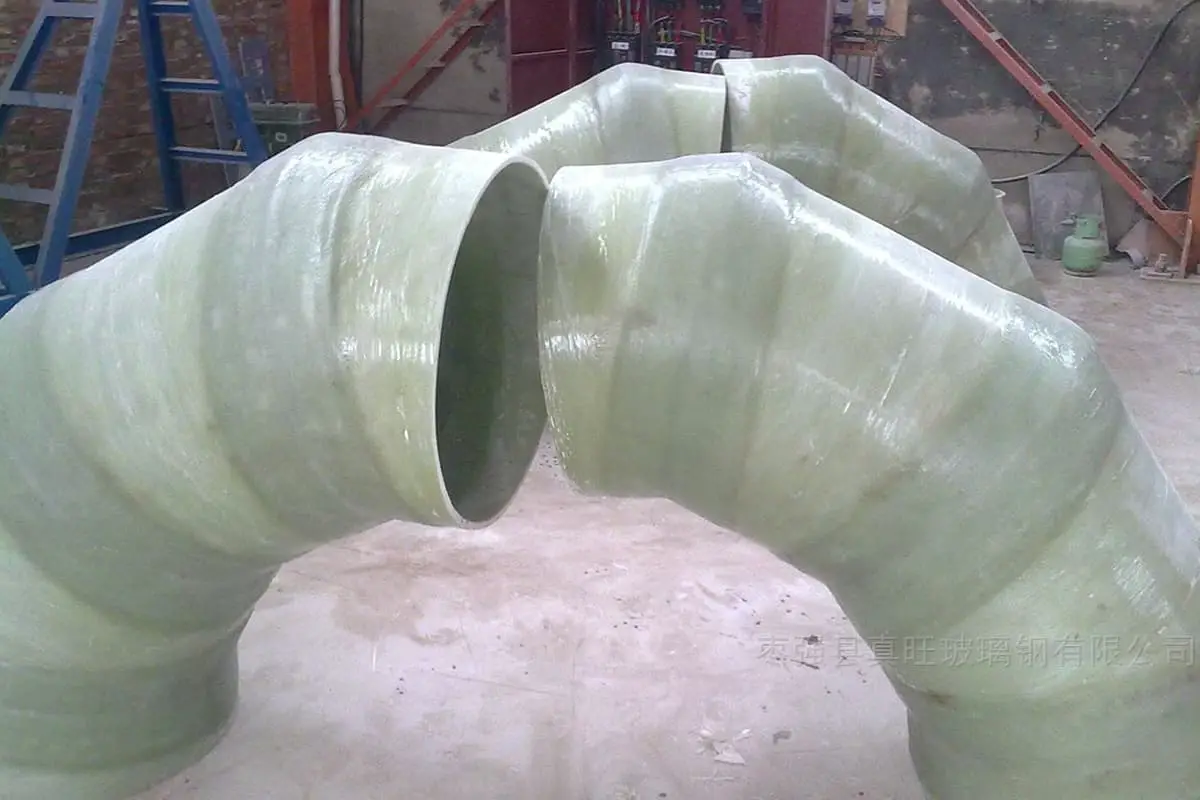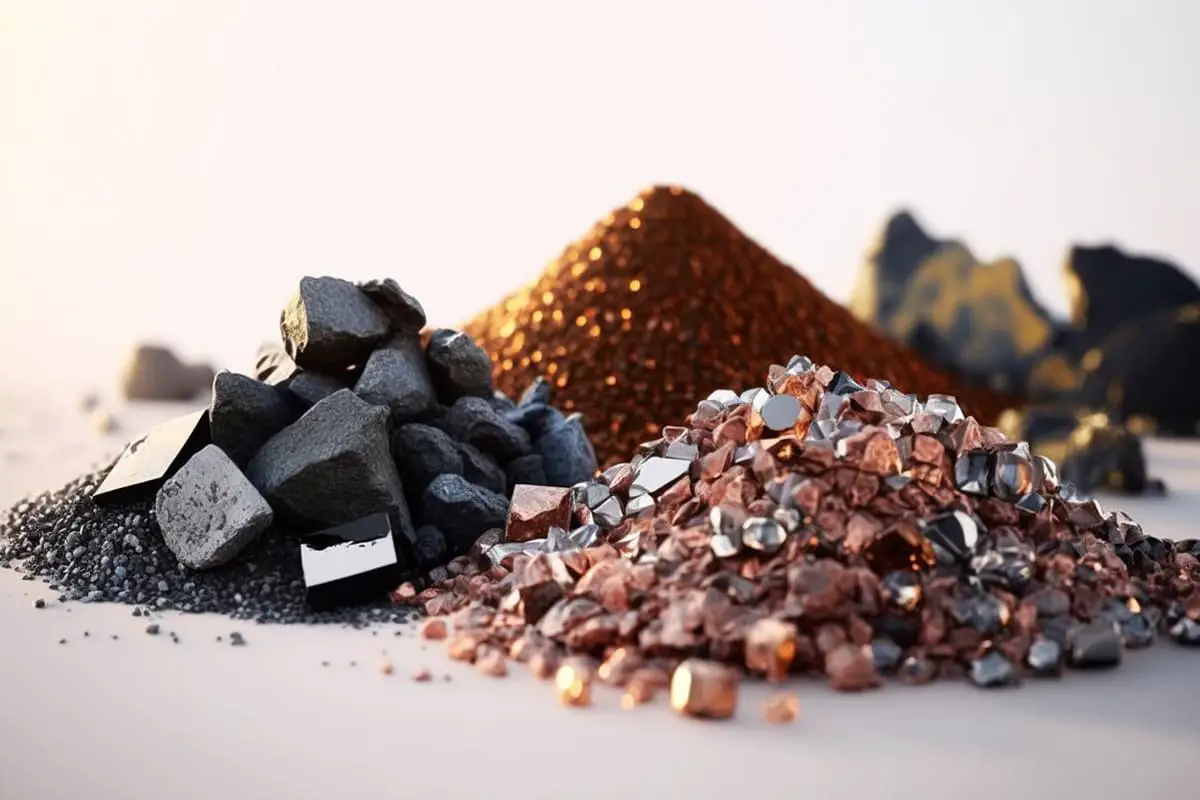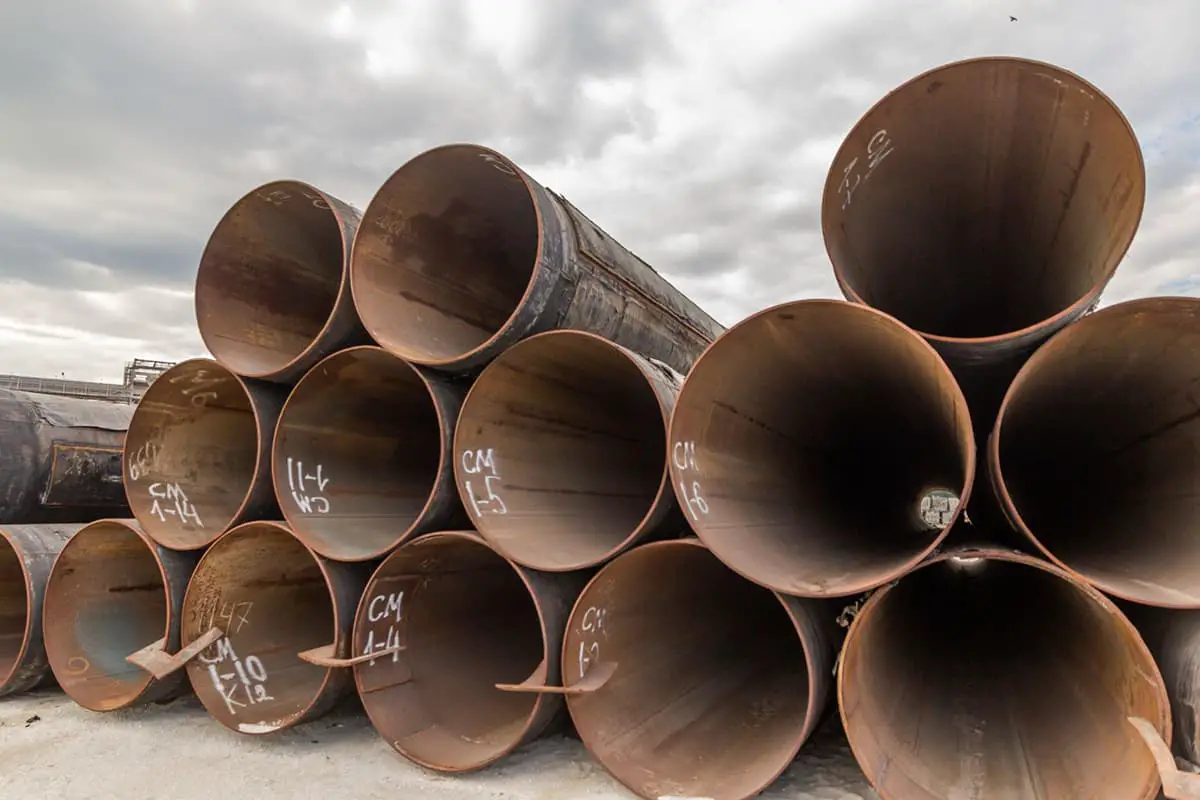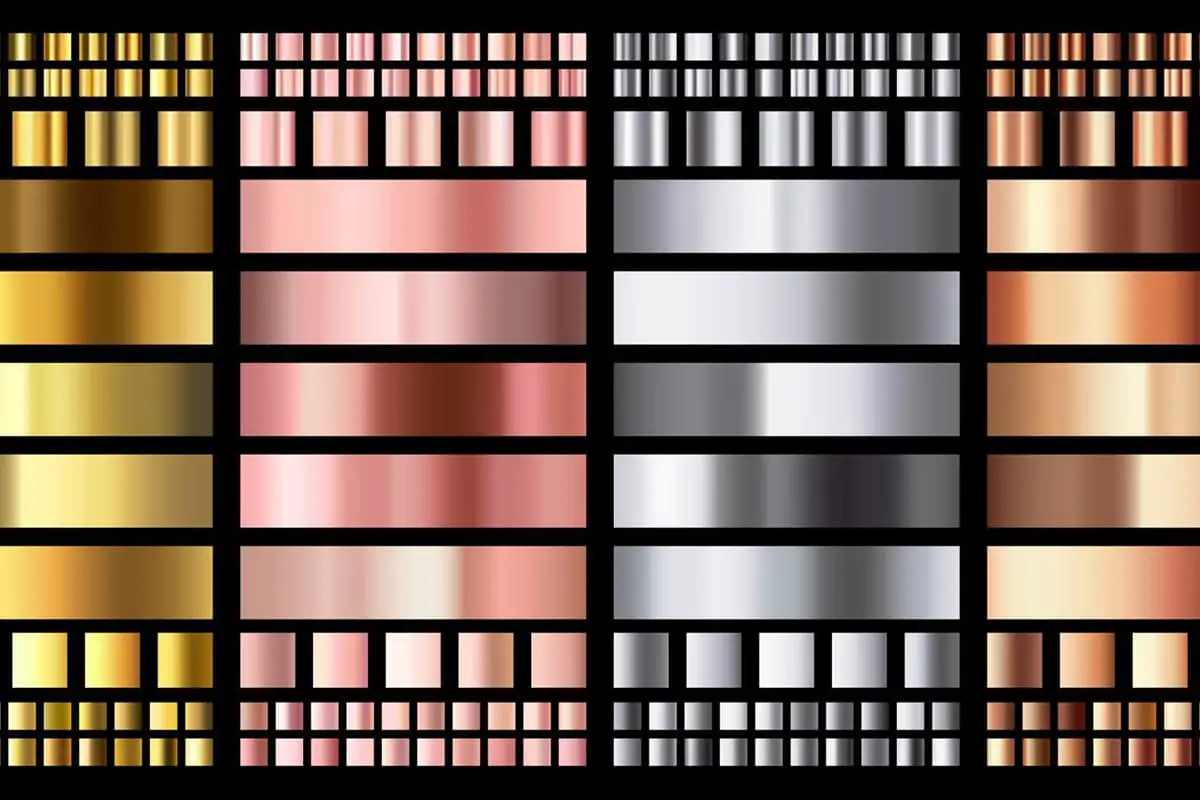
Have you ever wondered how to accurately calculate the weight of cast iron parts? In this insightful blog post, an experienced mechanical engineer shares their expertise on the density variations of different types of cast iron and provides practical methods for measuring volume and dimensions. Discover the key factors that influence cast iron weight calculations and learn how to apply this knowledge in real-world applications. Whether you’re a professional or a curious learner, this article will equip you with the tools to master cast iron weight calculations.

The weight of cast iron can be calculated by multiplying its volume by its density. The specific formula is: Weight = Volume × Density. For a cast iron platform, its weight can be calculated using the formula: Length × Width × Thickness × Density. Moreover, a unit weight chart or theoretical weight chart for cast iron pipes can provide specific weight information per meter.
The density of cast iron varies depending on its type. The density of ductile cast iron is approximately 7.3kg/m³, while that of gray cast iron ranges from 7.2kg/m³ to 7.35kg/m³. This suggests a wide range of densities for cast iron, with specific values depending on the type of cast iron.
In practical applications, the calculation of cast iron weight also needs to consider factors such as the shape, size of the casting, and whether it includes machining allowances. For instance, for some regular-shaped castings, their side lengths, diameters, heights, etc., can be directly measured. Then, using the mass formula, the volume can be calculated, and subsequently, the weight.
This cast iron weight calculator is based on a cast iron density of 7g/cm³. If the density of your cast iron is not this value, you can enter your own metal density in the metal density input box.
Furthermore, you can refer to the metal density table to find the corresponding density values. For more calculations on metal weight, you can use our metal weight calculator.
The density of cast iron varies depending on its type. The density of gray cast iron generally falls within the range of 6.6 to 7.4 g/cm³, but the specific value can vary depending on the grade. For instance, the density of gray cast iron of grade HT250 is approximately 7.35 g/cm³, while that of grade HT220 is slightly lower, around 7.2 g/cm³. The density of ductile cast iron is slightly higher than that of gray cast iron, typically about 7.3 g/cm³, although some sources suggest a range of 7.0 to 7.4 g/cm³. This indicates that the density of ductile cast iron may vary according to its specific chemical composition and manufacturing process.
Indeed, there is a difference in the density between gray cast iron and ductile cast iron, with the latter being slightly denser. These differences reflect the variations in the microstructure of the two types of cast iron, such as the graphite in ductile cast iron being spherical, while in gray cast iron it is flaky. These structural differences impact the material’s mechanical properties, including strength, toughness, and hardness.
To accurately measure the volume and dimensions of cast iron parts for weight calculation, you can use the following methods:
Depending on the specific situation and needs of the cast iron part, you can choose a suitable measurement method to accurately measure its volume and dimensions, and then calculate the weight.

